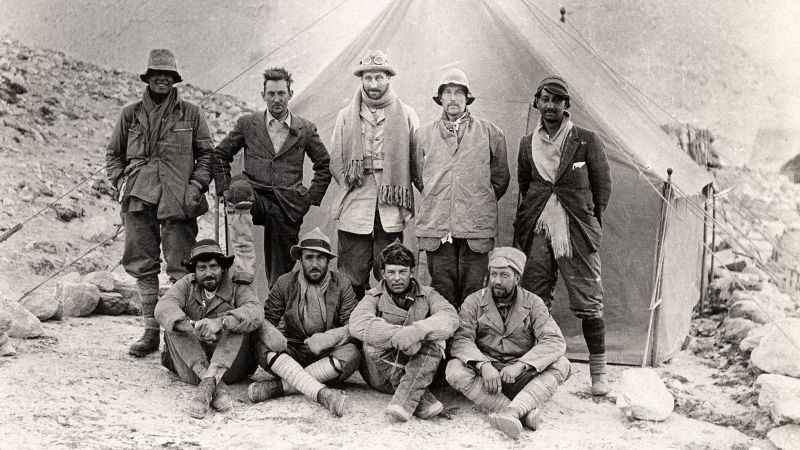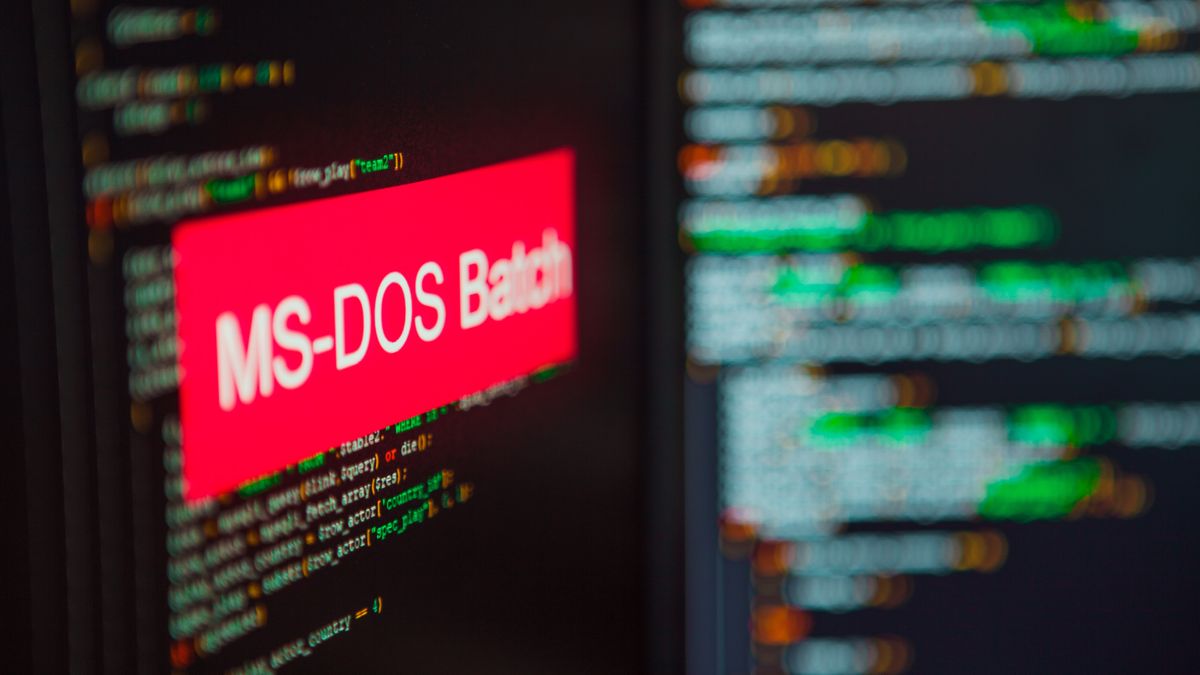SpaceX has debuted a new capability on their 30th cargo resupply mission to the International Space Station. For the first time, a Dragon 2 capsule lifted off atop a Falcon 9 rocket from Space Launch Complex 40 (SLC-40) at Cape Canaveral Space Force Station in Florida. This was possible thanks to the newly constructed crew and cargo access tower at the pad, assembled throughout 2023 in between the onslaught of Falcon 9 launches. CRS-30 lifted off as scheduled on Thursday, March 21 at 4:55 PM EDT (20:55 UTC).
SLC-40 now joins Launch Complex 39A (LC-39A) as the second crew-capable launch pad in SpaceX’s arsenal. This gives SpaceX a backup crew site should there be an issue affecting launches at LC-39A, or if another mission requires use of LC-39A at the same time, including future Starship flights from the in-progress launch mount that recently resumed work.
It was speculated initially that the crewed Axiom-3 mission in January could be the first flight to use this tower. However, more time was needed after installation of the access arm in early November and a full checkout of the infrastructure. Validation of the emergency egress system, a zip-line escape method for astronauts and crew to move away from the pad in the event of an emergency, was completed at the end of February. Other ground systems were validated during the Falcon launch of the CRS NG-20 mission in January – one of three rides purchased for Northrop Grumman’s Cygnus craft to fill the gap between the retired Antares 230+ and the upcoming Antares 330.
Since the tower was only recently built, NASA preferred that a cargo flight be the first to make use of it. CRS-30 therefore forms part of the certification process ahead of the first crewed flight to use the tower. Certification of the tower for NASA crewed missions could be ready in time for the Crew 9 flight, but no decision has yet been made on when a crewed Dragon will fly from SLC-40.
SpaceX has launched commercial resupply services (CRS) missions to the International Space Station (ISS) for over eleven years. Its first mission, CRS-1, lifted off in October 2012 carrying Cargo Dragon C103 on what was only the fourth Falcon 9 flight. The contract was initially signed in 2008 for 12 missions and was subsequently extended. SpaceX is currently contracted for a further five missions through CRS-35 in 2026 – though this will almost certainly be extended further.
This mission utilized Cargo Dragon C209, making its fourth flight. The new access arm was used to perform late-loading of supplies beginning approximately 24 hours before launch. This pad previously hosted Dragon 1 cargo missions between 2010 and 2020 before the upgraded Cargo Dragon 2 was introduced. The new capsule boasts increased payload capacity, autonomous docking to the ISS, and the option of late-loading cargo while vertical using the crew access arm.
Installation of the crew access arm on the new tower at SLC-40 in November 2023. (Credit: SpaceX)
The booster for this mission, B1080-6, returned to land on the concrete pad at Landing Zone 1 to the south of SLC-40. Dragon is scheduled to dock autonomously to the ISS at the zenith port of the Harmony module on Saturday, March 23 at approximately 7:30 AM EDT (03:30 UTC). Both docking ports will be occupied between this craft and Crew Dragon Endeavour which recently launched Crew 8. After CRS-30 departs the station, Crew 8 will move to the zenith port to make way for the planned Starliner Crewed Flight Test in May.
CRS-30 Payloads
The more than 6,000 pounds (2.700 kilograms) of payloads onboard Cargo Dragon include food, supplies, and equipment for the crew of the ISS. Riding along are more than 40 science investigations to be conducted on the orbiting laboratory for NASA and its research partners. These include new sensors that will enable the Astrobee free-flying robots to map the environment around them in 3D as a forerunner for wider situational awareness applications. The science onboard also includes a study of plant metabolism in space, the measurement of sea ice and wave heights using reflectometry, and the creation of nanoparticle solar cells to improve solar cell efficiency.

The multi-resolution scanning payload prototype is housed within an Astrobee robot at NASA’s Ames Research Center (with the front cover removed). (Credit: CSIRO / NASA)
The astronauts aboard the ISS have been accompanied by the cube-shaped Astrobee robots named Honey, Queen, and Bumble since early 2019. These free-flying robots are approximately 32 centimeters wide and are modular so that they can be upgraded, enabling researchers to perform a wide range of experiments inside the Station.
Astrobees have recently been involved in experiments such as a grappling demonstration back in January which observed how an Astrobee might propel itself around the Station using its perching arm rather than propellant.
This month’s experiment will provide an Astrobee with additional sensors that will enable it to create 3D maps of the interior of the Station as it moves around using a multi-resolution scanner (MRS). Data is combined from multiple sensors, adding redundancy. Stereo vision cameras are complemented by multiple different sensor types that combine to generate accurate trajectory data and high-resolution 3D information. These will also provide deeper insight into how the Astrobee moves around in 3D space.

CSIRO project lead Dr. Marc Elmouttie with the Multi-Resolution Scanning payload, housed within an Astrobee robot. (Credit: CSIRO / NASA)
The technology being tested is intended to add automation to a variety of situational awareness scenarios where robots would be able to sense their environment and conduct precise maneuvers in response to it. Potential applications include caretaking on future spacecraft, monitoring and operating the systems with little to no human occupancy – such as on the planned lunar Gateway station, or in autonomous vehicles that might be sent to other celestial bodies.
The same technology could enable autonomous inspection or maintenance of spacecraft and it is hoped the experiment will also inform ways to improve robotic explorers that are sent into the harshest environments here on Earth.
The MRS was developed by the Australian Government’s Commonwealth Scientific and Industrial Organisation in partnership with Boeing, integrating technology from their mining and robotics teams. The MRS was tested and certified at NASA’s Ames Research Center.

Brachypodium and Setaria were grown in the Plant Growth Systems (PGS) and tested under International Space Station environmental conditions using the Veggie units at NASA’s Kennedy Space Center during the APEX-09 Experiment Verification Test. (Credit: NASA)
A separate experiment will be observing photosynthesis for future bio-regenerative life support systems. The C4 Photosynthesis in Space Advanced Plant Experiment-09 (APEX-09) experiment will examine how the mechanism of capturing carbon dioxide from the atmosphere in two types of grasses is affected by microgravity and other space flight stressors. Understanding the molecular changes in plants exposed to this environment would lead to a deeper understanding of photosynthesis in space and inform the design of future bio-regenerative support systems. Plants are expected to play a part in longer deep space exploration missions as part of the life support architecture and as a food source.
There are a number of CubeSats aboard, including four for NASA’s ELaNa 51 mission and three Canadian satellites. One of the Canadian spacecraft is Killick-1. Using Global Navigation Satellite System reflectometry (GNSS-R), the 2U Killick-1 will measure sea ice and wave height to improve climate models and monitor ocean phenomena. GNSS-R measures satellite signals reflected from the Earth’s surface and will inform our knowledge of climate change, surface winds, and storm surges.
Over 100 undergraduate and graduate engineering students at Memorial University in Canada have participated in Killick-1, a Canadian Space Agency project developed by C-CORE. C-CORE is a company specializing in remote sensing and geotechnical engineering solutions. The Killick-1 CubeSat is said to be low-cost, energy-efficient, and light in mass – potentially leading to cheaper solutions that could monitor and collect data on our oceans in the future.

Fully assembled Killick-1 CubeSat with its Global Navigation Satellite System Reflectometry (GNSS-R) antenna deployed. (Credit: C-CORE and Memorial University / NASA)
An additional science experiment onboard intends to improve solar cell efficiency by precisely arranging nanoparticles in space. The study will review the concentration and interaction of nanoparticles and microparticles within an electrical field in microgravity and how these relate to changes in their shape and charge.
NASA has partnered with students in higher education to develop “Nano Particle Haloing Suspension” hardware for this investigation which will use charged nanoparticles to enable precise particle arrangements. The researchers hope that advances can be made in the production of solar cells synthesized with quantum dots – tiny spheres of semiconductor material with the potential to convert sunlight into energy much more efficiently.
Inside Dragon’s trunk resides the Pump Module Assembly, which will be kept as a spare on orbit. This piece of equipment, if put into operation, will be used to cool electrical systems on the outside of the Station. After Dragon docks to the ISS, the Canadarm2 robotic arm will be used to remove the assembly from the trunk and place it into its storage location on the outside of the Station.
Dragon C209 will spend around a month at the Station before returning to Earth. The capsule will splash down off the coast of Florida, carrying several tons of cargo and experiment results. C209 will be unloaded at Cape Canaveral and refurbished for its next flight.
(Lead image: The new access arm connected to Cargo Dragon at SLC-40. Credit: SpaceX)

Daisy Hips is a science communicator who brings the wonders of the natural world to readers. Her articles explore breakthroughs in various scientific disciplines, from space exploration to environmental conservation. Daisy is also an advocate for science education and enjoys stargazing in her spare time.








